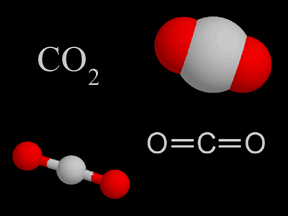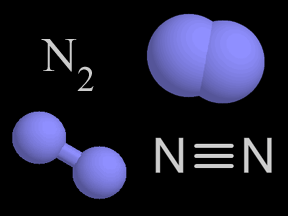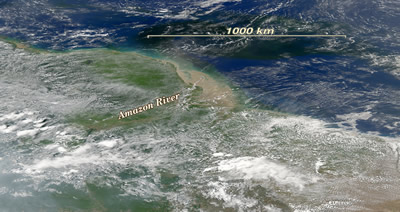True-color image of the Amazon River outflow, which extends thousands of kilometers into the Atlantic Ocean.
Click on image for full size
Image Courtesy of Norman Kuring/NASA
The Amazon River Helps Power Atlantic Ocean Carbon “Sink”
News story originally written on July 21, 2008
A large plume of nutrient-rich waters flows from the Amazon River far out into the ocean. Scientists have found that microorganisms living in the flow of water coming out of the Amazon River into the ocean take in a lot of carbon dioxide from the atmosphere. This finding shows that the tropical oceans and major rivers play a large role in the amount of carbon the ocean takes in from the atmosphere.
Scientists knew that ocean life in the tropical Atlantic Ocean put out carbon through respiration. The new study shows that the opposite also happens because a group of organisms called diazotrophs take nitrogen and carbon from the air and use them to survive in the nutrient-poor waters of the deep ocean. These processes are part of the carbon cycle.
The Amazon River has about one fifth of Earth's total river flow. Because it is so large, it is sometimes called "the river sea." Other large tropical rivers of the world may also capture carbon from the atmosphere and studies on such rivers are in progress.
You might also be interested in:

Carbon dioxide (CO2) is a kind of gas. There isn't that much carbon dioxide in Earth's atmosphere, but it is still very important. Carbon dioxide is a greenhouse gas. That means it helps trap heat coming
...more
You may have heard of photosynthesis. That's where a plant uses energy from the Sun's rays to make its own food. The opposite of photosynthesis is called respiration. The difference is that respiration
...more
There is more nitrogen gas in the air than any other kind of gas. About four out of five of the molecules in Earth's atmosphere is nitrogen gas! A molecule of nitrogen gas is made up of two nitrogen atoms.
...more
Scientists have learned that Mount Hood, Oregon's tallest mountain, has erupted in the past due to the mixing of two different types of magma. Adam Kent, a geologist at Oregon State University, says this
...more
The Earth's mantle is a rocky, solid shell that is between the Earth's crust and the outer core. The mantle is made up of many different reservoirs that have different chemical compositions. Scientists
...more
Some faults look strong and like they wouldn’t cause an earthquake. But it turns out that they can slip and slide like weak faults causing earthquakes. Scientists have been looking at one of these faults
...more
The sun goes through cycles that last approximately 11 years. These solar cycle include phases with more magnetic activity, sunspots, and solar flares. They also include phases with less activity. The
...more















